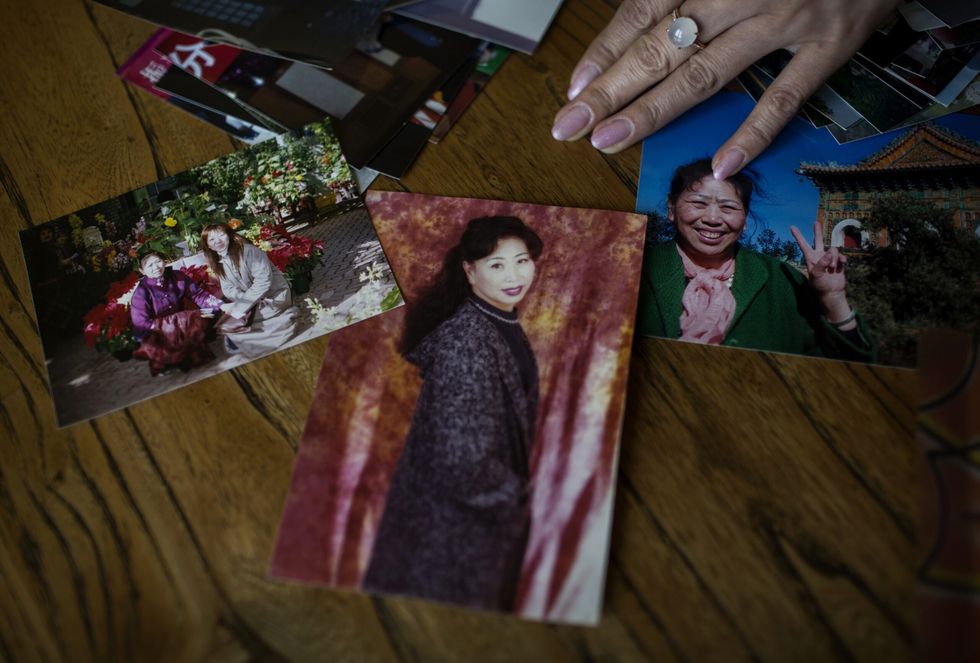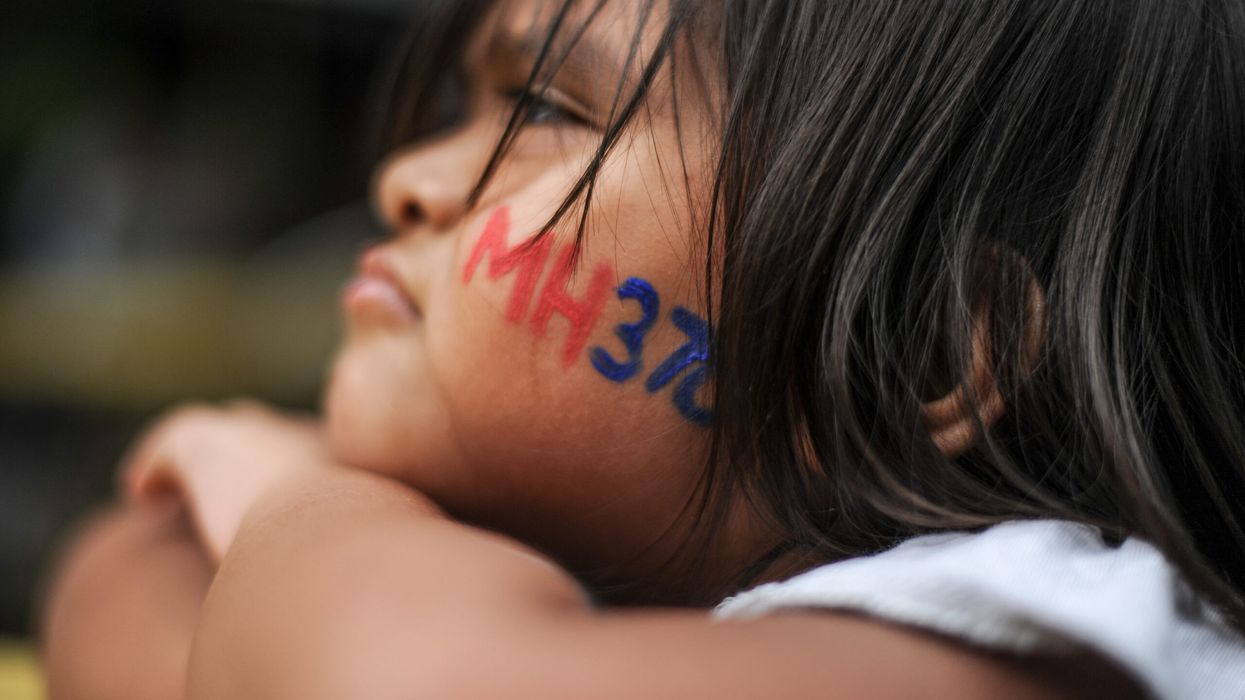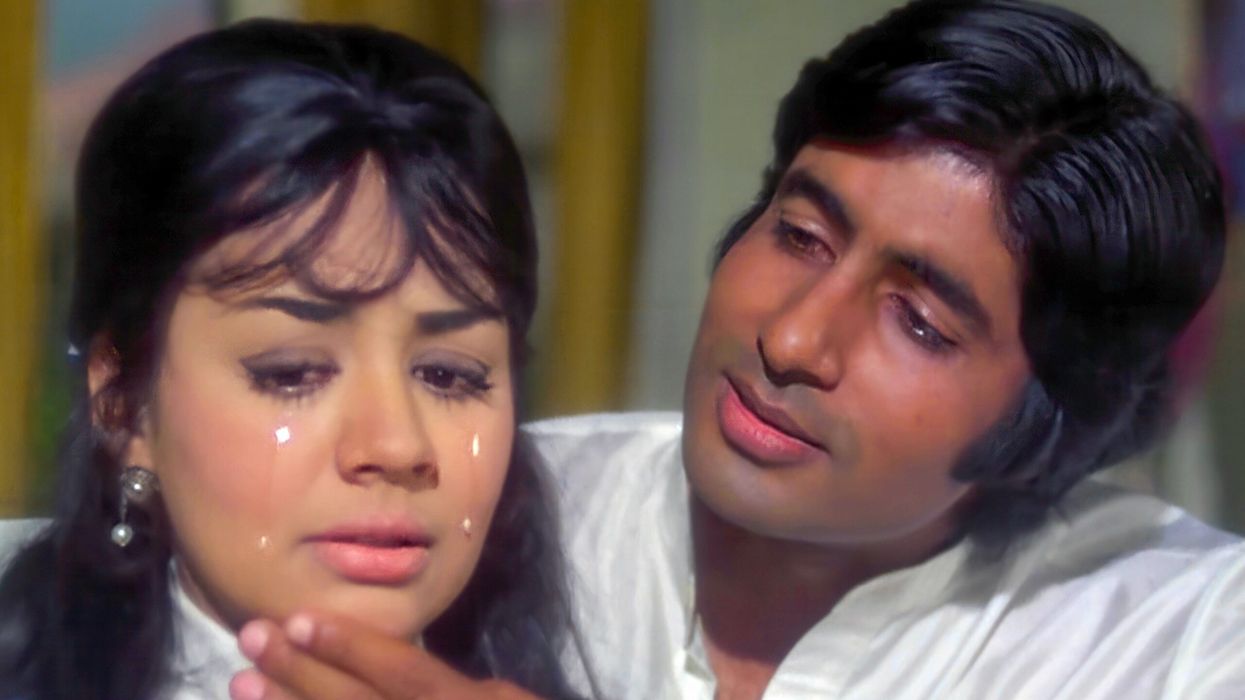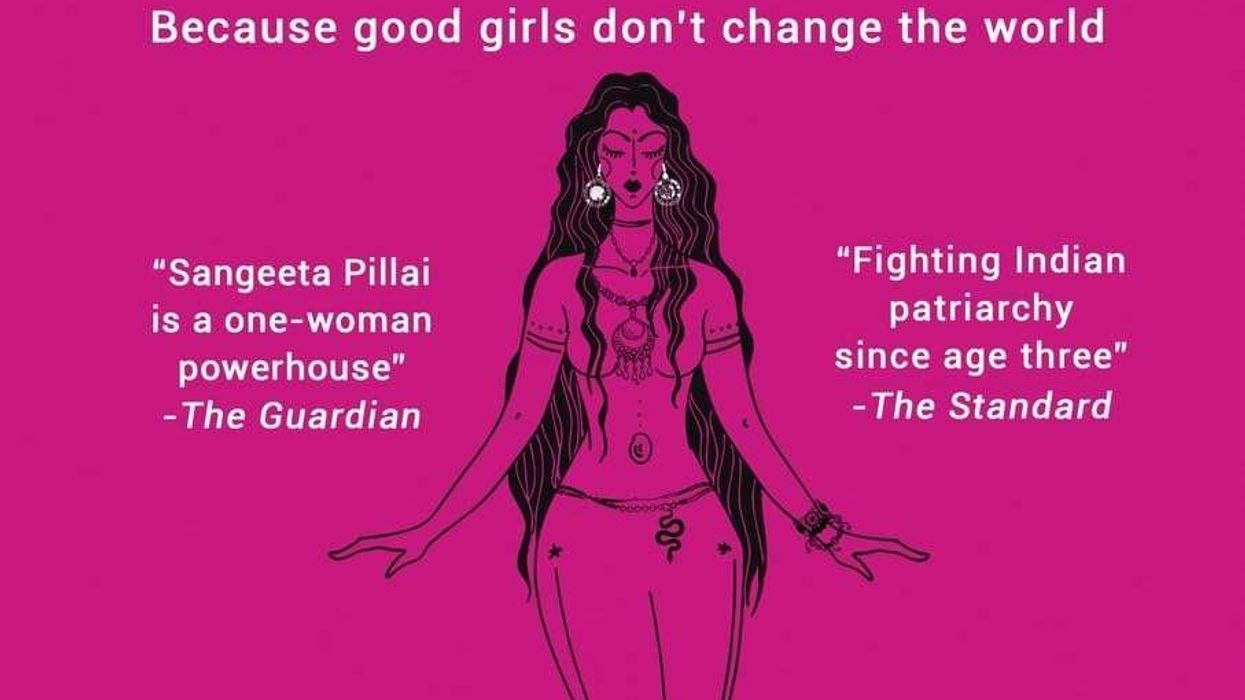Ten years have passed since Malaysia Airlines Flight 370 vanished from radar screens, creating one of the greatest aviation mysteries in history. Despite extensive search efforts and investigations, the fate of the Boeing 777, carrying 239 people from 15 countries, remains unknown.
Theories abound, but conclusive answers elude authorities and grieving families. As the world reflects on this sombre anniversary, the quest for closure persists.
The disappearance
On March 8, 2014, the flight from Kuala Lumpur to Beijing deviated from its path, turning west across the Malay Peninsula. Radar contact was lost, and the plane is believed to have flown south for several hours, potentially crashing in the southern Indian Ocean. The abrupt deviation sparked a 52-day search, covering 1.7 million square miles, involving 334 flights, but yielded no results.
Search efforts
In 2017, Australia, Malaysia, and China officially ended the underwater search after expending £116,964,000. A subsequent search by Ocean Infinity in 2018 also proved fruitless. Despite these challenges, renewed discussions about another search operation have emerged, with Ocean Infinity expressing readiness for a new attempt. There have been many theories to the disappearance, one of which is 'human error'.
Debris discoveries
While a wrecked plane remains elusive, around 20 debris pieces, believed to be from MH370, were found along African coasts and on islands like Madagascar and Réunion. The discovery of a flaperon on Réunion in 2015 provided a crucial link to the missing aircraft. Additional debris, including a wing flap found on a Tanzanian island, offered some confirmation but failed to lead investigators to the main wreckage.

Theories and speculation:
Numerous theories have emerged to explain the plane's disappearance, ranging from fuel exhaustion to emergency sea landings and hijackings. The lack of concrete evidence has fueled speculation, with theories suggesting pilot involvement, rogue actions, or external interference. The 2018 official report hinted at "unlawful interference" but provided no conclusive evidence of who or why.
The official report:
After four years of investigations, the 2018 report, spanning 495 pages, failed to deliver definitive answers. The evidence, including manual course deviation and transponder deactivation, pointed to possible hijacking or interference. However, the report left families of the victims devastated, lacking the closure they had hoped for.
Is there a next step?
A decade later, with no conclusive findings and the plane's whereabouts still unknown, discussions have surfaced regarding a potential new search operation. Malaysian officials have indicated a willingness to engage in talks with Ocean Infinity, reigniting hope for answers.
The chief executive of Ocean Infinity, Oliver Plunkett, acknowledges the challenge but expresses determination in narrowing down the search area for a potentially successful outcome.
As the world reflects on a decade since MH370's disappearance, the haunting mystery endures. The unresolved questions, coupled with the ongoing efforts to uncover the truth, underscore the profound impact of this aviation enigma.
The upcoming discussions about a new search operation highlight the unwavering commitment to finding closure for the families and unraveling the secrets that shroud Malaysia Airlines Flight 370.












